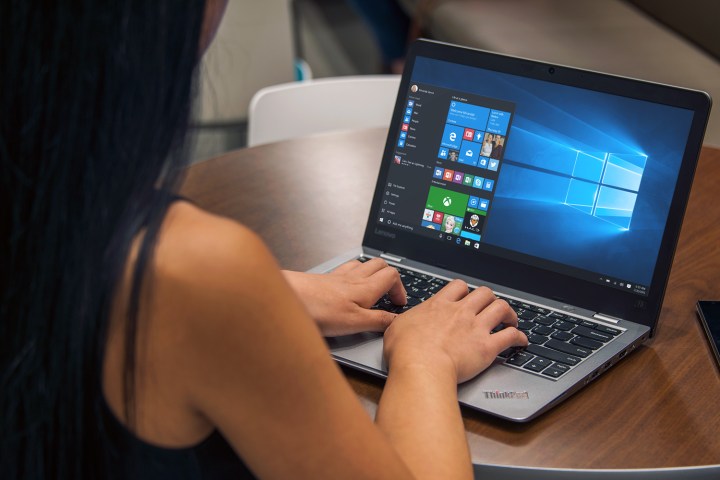
It’s official: Microsoft’s latest update for Windows 10 is now available for everyone to download.
To get the update, you’ll need to:
- Head over to your Windows 10 Settings app — you can type “settings” into the Cortana search bar in the taskbar at the bottom of your screen.
- Click on Update & Security.
- Navigate to the Windows Update option on the left column.
- Choose Check for Updates to find all the updates or patches available to your system.
If you’re using a corporate computer that’s managed by an IT administrator, you’ll need to check with your organization for their plans and timeline. Microsoft will be utilizing machine learning to ensure that the update process is smooth for all users.
“For the April 2018 Update rollout, we will expand our use of [machine learning] to identify the devices ready to update, incorporating things like additional compatibility data,” Microsoft said of the update strategy in a detailed blog post. “This will allow us to deliver updates to devices as fast as possible while providing even better customer experiences.” This staged strategy allows Microsoft to detect and correct any problems with the update process before the May 8 deployment.
The April 2018 Update contains plenty of new features, along with security patches and updated controls for privacy settings, Microsoft said. The most notable addition to Windows 10 is Timeline, which allows you to scroll back in time to see what you were working on across your Android, iOS, and Windows 10 devices.
“Timeline lets you go back in time to past activities you’ve worked on across your devices, so you can jump back into them like you never left,” Microsoft noted. “So, if you’re looking for a specific document, image, or video you worked on yesterday or a week ago, Timeline makes it even easier to find what you’re looking for.”
Cortana also learned some new skills and will better manage your smart home. There are also changes and features added to Windows Ink, Microsoft Edge, Microsoft Photos, Windows Hello, Windows Mixed Reality, and more. You can view the full list of new features on Microsoft’s blog.
Windows 10 also displays your privacy settings differently now, depending on the country where your device is located, so not everyone will see the same setup. If you need to view your privacy preferences, however, you can do that by navigating to the privacy option under the Settings app.


